It’s computer programming’s time. You will notice that JavaScript is all over the world. It is used widely and it’s not applied just only in your internet-browser but also used in the server-based so well. So, let’s read about what you need to do in order to become a member of this amazing devs club. I’ve produced a step-by-step short guide on how to become a JavaScript developer.
Please, relax, take deep breaths and I’ll tell you everything about this.
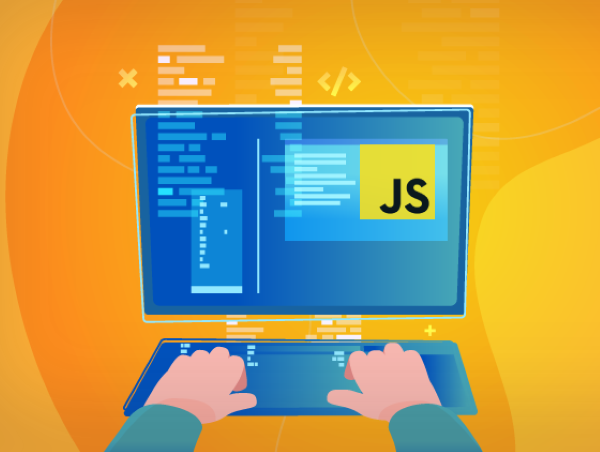
What is JavaScript?
A programmer needs to choose one language and devote the time to experts on that and this is a difficult task. JavaScript is a language used to build and check dynamic website content.
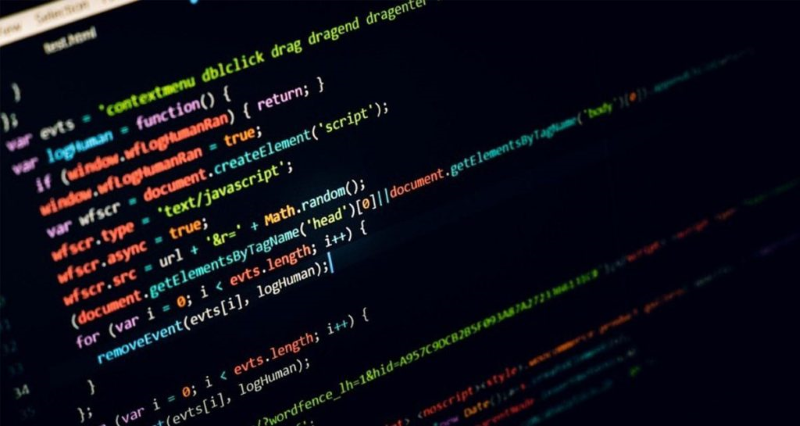
You can move, update, or make changes on your screen. It is a scripting language with case-sensitive abilities. It was first well-known as LiveScript.
Many years ago, this language only operated on a short variety of web browsers.
This language works together with HTML and CSS to create internet applications or web sites. It is supported by most popular web browsers such as Opera, Firefox, and Chrome.
Is a JavaScript developer a front-end developer?
Of course, yes. JS is the front covering of almost every modern site. Moreover, with this language, your site is way more compliant and easy to operate.
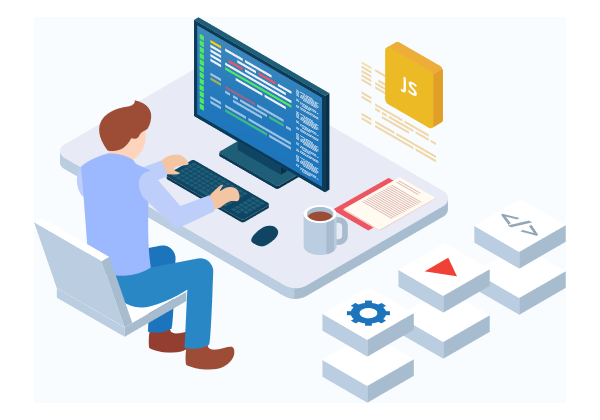
So, you’ve read some info on what JS is for, and now let’s discuss how to become a JS developer.
I have produced 10 steps for you. Keep it, and you should be fine.
Some steps how to become a JS developer
Step 1: Learn the Fundamentals
It is a very difficult step. If you are a newcomer, you should firstly concentrate on key concepts or basic indicators. You must know all the key concepts before moving forward. At first, in your head will be a lot of questions like:
- Where do I begin?
- I don’t understand the resources.
- Where do I need to write the code?
First and foremost, establish your device. I want to give some recommendations which you need to learn at the beginning.
- What is a variable?
- Variable kinds and how to build each one of them?
- What is a twist?
- How to write HTML, learn about labels?
All these aspects you can find on the Internet or a private site.
Step 2: Work on the first household little scheme
This is a major step. You wanna get an opinion on how to join the pieces. You can build a very easy inactive website, such as:
- Calculating machine
- Traffic signals emulator
Try to do it to look professional. Don’t waste time and use Google. At this stage, avoid such frameworks as Angular and Vue software development services.
Step 3: Attend a course to understand what you have learned
Probably you should attend the course for beginners. Of course, the price of the course may be very high, but do not hesitate, it will refund quickly. As usual, you have another variant such as online courses. It can be cheaper.
Step 4: Investigate Good Practice
You must be quite sure about building easy sites. you can simply be allowed to build HTML, CSS, and without problems connecting them.
You need to explain what a function argument is and when the function is being invoked. You also must admit that code is being performed successfully.
You are on the last several runs before the meeting. Divide your code into small pieces. Don’t hesitate to build local variables and functions.
Step 5: Learn ECMAScript 6
A lot of web browsers do not support the ECMAScript code. Therefore, the ECMAScript code demands to be ensued to JavaScript to run seamlessly in all conditions. But, the greatest of today’s production systems is produced in ES6 or later.
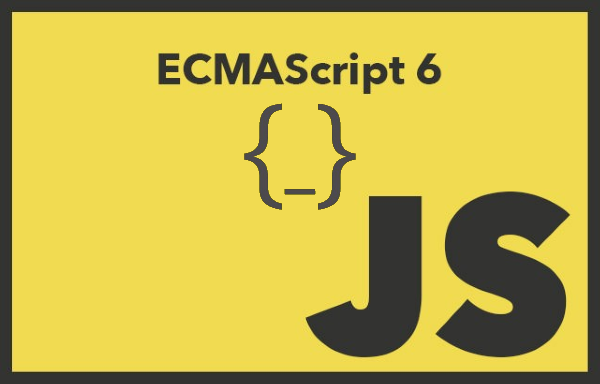
ES6 is a brief title for ECMAScript. The code presents new principles, which you need to learn. They can be:
- Indicator function.
- Assurances and async.
- Groups.
And of course, you must concentrate on such functions like:
- Reduce.
- Map.
- Filter.
Step 6: Learn the First Framework
Firstly, you should learn the simple library jQuery. And then move to the first frameworks.
Angular
Energetically developed by Google creators. It is a great framework with all the operational capabilities and easy task needs. Really friendly to learn and with a huge certification.
React
Scientifically not a framework. It is a famous library for operation views. Together with Redux, it’s on the grow. I recommend you to learn about this library. You can study more developed topics. It comes with huge documentations so well.
Vue
It is often said that it is very easy to learn and with the most genial learning bend. Choose the best models from Angular and React. Research has found that it is energetically developed by the Alibaba group.
Step 7: Improve your knowledge in CSS and learn HTML5
It’s time to prepare your resume and try sending it to a few businesses, and wait to get some comment. According to experts, you need to understand CSS and know its standards. Let’s have a look at them:
- Priorities of tags, courses.
- Flexbox and its requirements.
- It’s no secret of the CSS preprocess like SASS or Less.
- Some CSS patterns.
Step 8: Get ready for Interviews
It is often said that first revise your notes and phrases from the JavaScript world. The most famous ideas you need to practice are:
- Context.
- Closures and callback.
- Group functions: map, filter, and reduce.
- Greeting new items through the constructor function.
Step 9: Instruments and Design Templates
Now, I am sure you’re already doing small functions as a junior developer. Perhaps it means you got to know “npm” quite well. You should also have found your preferred editor.
The time has now come to get a tool with Chrome and Firefox plugins. Please check the docs of the framework you use. Despite all that, you are ready to concentrate on the quality and reliability of your code.
It should modify the various environments and support many sides.
Step 10: Learn methods on how to improve the performance of your program
You are on a finish line. So, you know how to develop a reusable code, and it is also necessary to be robust. Prepare yourself for such great projects so that when the moment comes you won’t miss it.
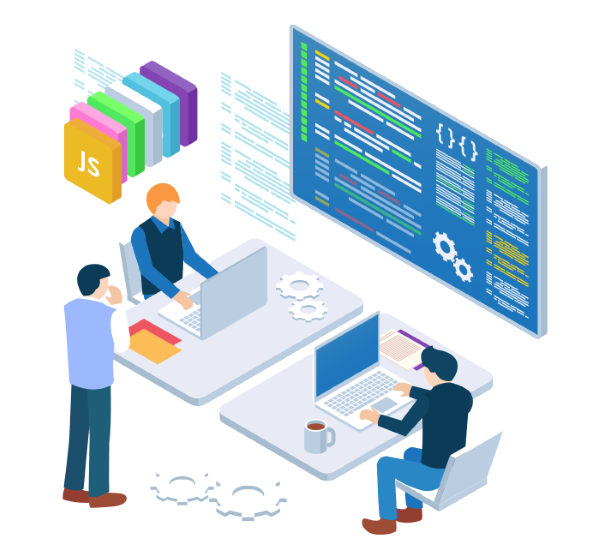
You should presumably start with classifying algorithms like Quick Sort and Merge Sort and then move on to the design algorithms, breadth-first search, and depth-first search. Once you get to understand these, get yourself a book on algorithms to progress further.
CONCLUSION
Greetings on studying this long post and now I hope you are really excited to become a JS developer so get started on working on your front-end skills right away.
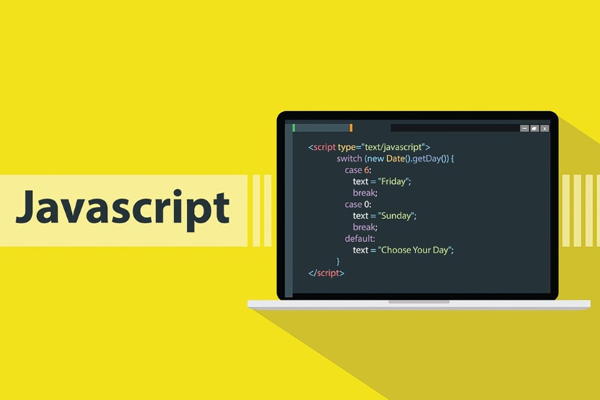
Take a weekly program and write your aims for the year-end. It will take at most a few months if not more to achieve the 10 steps.
I have mentioned all of the main steps which you need.





